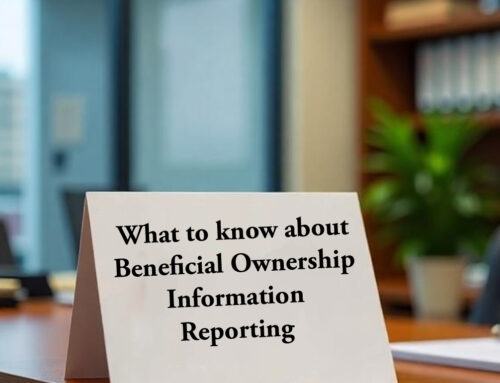
We do not normally recommend early withdrawals from retirement accounts but we understand these are not “normal” times. Many families are struggling with loss of income and left with the dilemma of how to cover their day to day living expenses. That’s why we wanted to share this information.
In a recent press release, The Internal Revenue Service provides guidance to taxpayers who are taking advantage of some provisions in the CARES Act that allow them to take out money from their retirement accounts to deal with the economic fallout of the COVID-19 pandemic.
The CARES Act allows savers to take Coronavirus-related distributions – emergency withdrawals – of up to $100,000 from their retirement plans and IRAs. And those who are under age 59½ can access the money without the usual 10% early withdrawal penalty.
These individuals can also spread the income tax from the withdrawal over three years. However, if they repay the money into the account within that time periods, they can avoid the tax.
In addition, the rules now permit a still-employed spouse with a retirement account to take a coronavirus-related distribution of up to $100,000 from his or her account and make up the income lost.
Distributions taken from Jan. 1, 2020 through the end of the year may be treated as “coronavirus-related distributions.” That means you can spread the taxes over three years.
There’s a catch: You can only do this if you’re a qualifying individual.
As authorized under the CARES ACT Notice 2020-50 expands the definition of who is a qualified individual to take into account additional factors such as reductions in pay, rescissions of job offers, and delayed start dates with respect to an individual, as well as adverse financial consequences to an individual arising from the impact of the COVID-19 coronavirus on the individual’s spouse or household member. As expanded under Notice 2020-50, a qualified individual is anyone who –
- is diagnosed, or whose spouse or dependent is diagnosed, with the virus SARS-CoV-2 or the coronavirus disease 2019 (collectively, “COVID-19”) by a test approved by the Centers for Disease Control and Prevention (including a test authorized under the Federal Food, Drug, and Cosmetic Act); or
- experiences adverse financial consequences as a result of the individual, the individual’s spouse, or a member of the individual’s household (that is, someone who shares the individual’s principal residence):
- being quarantined, being furloughed or laid off, or having work hours reduced due to COVID-19;
- being unable to work due to lack of childcare due to COVID-19;
- closing or reducing hours of a business that they own or operate due to COVID-19;
- having pay or self-employment income reduced due to COVID-19; or
- having a job offer rescinded or start date for a job delayed due to COVID-19.
Notice 2020-50 clarifies that employers can choose whether to implement these coronavirus-related distribution and loan rules, and notes that qualified individuals can claim the tax benefits of coronavirus-related distribution rules even if plan provisions aren’t changed. The guidance clarifies that administrators can rely on an individual’s certification that the individual is a qualified individual (and provides a sample certification), but also notes that an individual must actually be a qualified individual in order to obtain favorable tax treatment. Further, Notice 2020-50 provides employers a safe harbor procedure for implementing the suspension of loan repayments otherwise due through the end of 2020, but notes that there may be other reasonable ways to administer these rules.
Employers, financial institutions, and individuals should refer to Notice 2020-50 for more details about how the CARES Act rules for coronavirus-related distributions and loans from plans apply.
This tax relief and other information related to the effects of COVID-19 on federal income tax is available on the IRS Coronavirus Tax Relief pages of IRS.gov.






